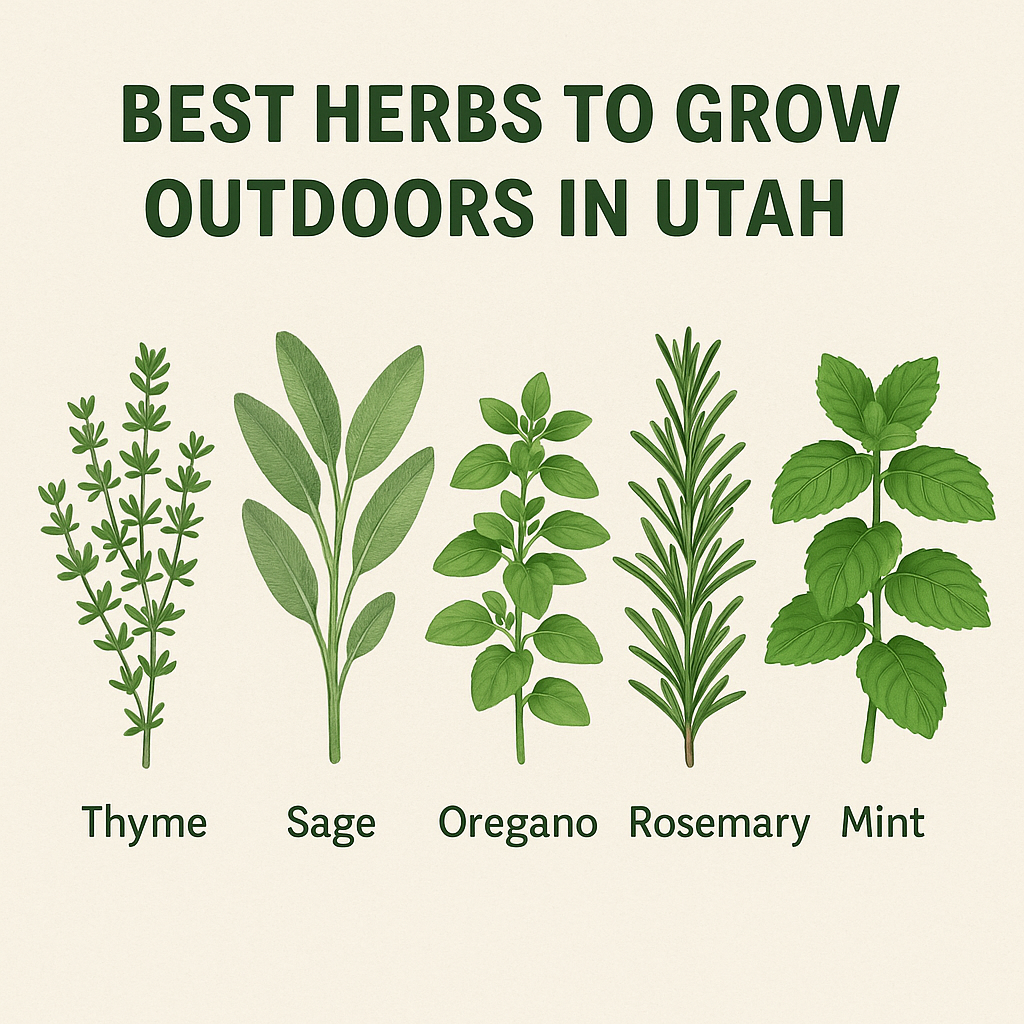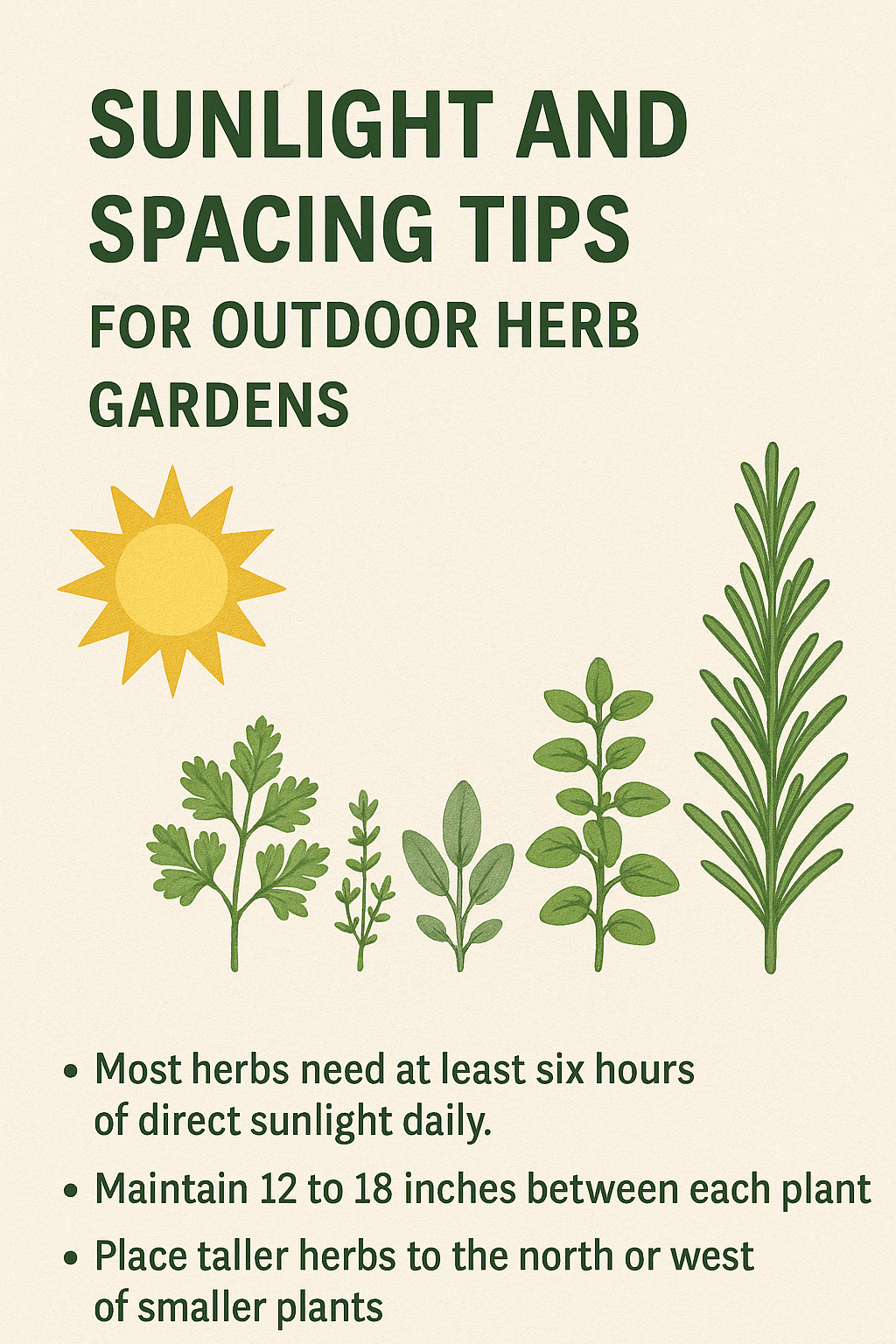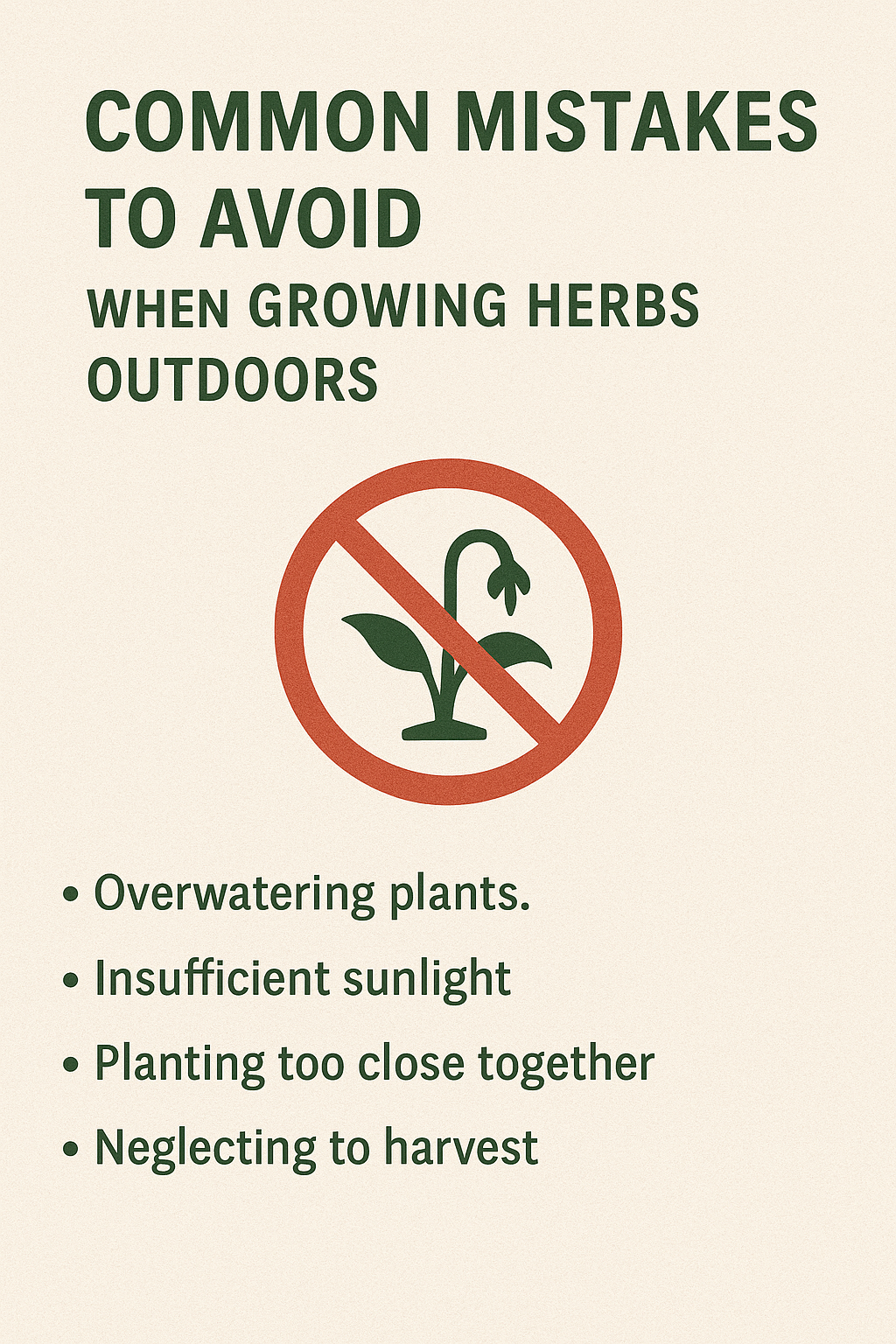How to Grow Herbs Outdoors
Growing herbs outdoors is one of the most practical and satisfying ways to enjoy fresh ingredients right from your own land. Herbs bring flavor to meals, fragrance to your garden, and life to your property. They thrive in natural sunlight, adapt to a variety of soils, and can even grow in small spaces like raised beds or planters. For Utah landowners, an outdoor herb garden is a simple step toward sustainability, self-reliance, and healthier living. With the right approach, you can grow herbs that return year after year with very little maintenance.
Best Herbs to Grow Outdoors in Utah
Utah’s climate is defined by dry summers, cool evenings, and chilly winters, which means not every herb will perform well in these conditions. Choosing hardy varieties that tolerate heat and require little water is key to long-term success. Mediterranean herbs, in particular, thrive in full sun and rocky soil, which makes them a great fit for rural or off-grid Utah landscapes.
Thyme – A drought-resistant plant that does well in poor, sandy soil. Its small leaves pack a strong flavor and make it one of the easiest herbs to maintain.
Sage – Loves full sun and requires minimal watering. Its leaves are also evergreen in mild winters, providing year-round fragrance and texture.
Oregano – A tough perennial that spreads quickly and grows stronger with each season. It thrives in hot weather and needs very little attention.
Rosemary – A woody herb that prefers dry, well-drained soil and lots of sunlight. It can be grown as a low hedge or in pots for easy harvesting.
Mint – A fast-growing herb that thrives in partial shade but can take over a garden if not contained. Keeping it in its own pot prevents unwanted spreading.
These herbs are not only practical but also visually appealing, creating greenery and aroma that enhances any outdoor space. Once established, they will continue to grow and provide steady harvests without constant care.
How to Prepare Soil for Outdoor Herb Gardening
Good soil is the foundation of a successful herb garden. Most herbs prefer soil that drains well while holding enough moisture to support healthy roots. In Utah, where the ground can often be compacted or rocky, you may need to improve the soil before planting. Begin by clearing out weeds, rocks, and debris, then turn the soil at least 8 to 10 inches deep to loosen it. Mixing in organic matter such as compost, aged manure, or peat moss adds nutrients and improves drainage.
Loosen compacted soil to help roots expand and breathe.
Blend compost or other organic materials to increase fertility.
Apply a layer of mulch to help retain moisture and reduce weeds.
Once your soil is prepared, it’s important to avoid over-fertilizing. Herbs grow best when slightly stressed, as this enhances the strength of their natural oils and flavor. Fertilizing too often can cause herbs to grow quickly but taste weak or watery. If your soil is rich with organic material, you can skip synthetic fertilizers altogether.
How to Plant and Water Herbs Outdoors
Timing plays a big role in growing herbs outdoors successfully. In Utah, the ideal planting window usually starts in late May after the last frost has passed. Planting too early can stunt growth or kill young seedlings. Once the weather warms, space plants according to their mature size, allowing airflow and sunlight to reach every leaf.
When it comes to watering, consistency is more important than frequency. Herbs prefer deep, occasional watering over light daily watering because this encourages strong root systems. Using drip irrigation or soaker hoses is an efficient way to conserve water and keep moisture where it matters most.
Water deeply once or twice a week depending on rainfall and temperature.
Check the top inch of soil before watering again to avoid soggy roots.
Use mulch or gravel around the base to slow evaporation and protect roots.
Herbs like thyme, sage, and rosemary can handle dry conditions, while basil and parsley need more consistent moisture. Adjust your watering routine as the season changes and always prioritize drainage to prevent rot.
Sunlight and Spacing Tips for Outdoor Herb Gardens
Sunlight is one of the most important factors in successful herb gardening. Most herbs need at least six hours of direct sunlight each day to develop strong flavor and healthy growth. If you live in a rural area with plenty of open land, position your garden where it will receive morning to mid-afternoon light. Herbs that receive too little sun often grow tall and thin instead of full and bushy.
Spacing is equally important. Herbs that grow too close together compete for nutrients and airflow, which can lead to disease. Leave enough room between plants for them to expand naturally.
Place tall herbs like rosemary and sage on the north or west side of the garden to prevent shading smaller plants.
Maintain 12 to 18 inches between each plant to promote air circulation.
Rotate container herbs every few days to encourage even sunlight exposure.
If you have limited sunlight, herbs like chives, parsley, and mint can tolerate partial shade. Observe how sunlight moves across your property and adjust plant placement throughout the season if needed.
How to Harvest and Maintain Your Outdoor Herbs
Regular harvesting and pruning are what keep your herbs producing fresh leaves. The more you cut them, the more they grow back. Most herbs are at their most flavorful in the morning, just after dew has dried but before the sun gets too hot. Use sharp scissors or pruning shears to cut stems cleanly and avoid tearing the plant.
Harvest in the morning when essential oils are strongest.
Remove flowers before they bloom to keep herbs from turning bitter.
Store extra herbs by drying, freezing, or making infused oils.
Maintenance is simple but consistent. Keep an eye out for pests and remove dead or damaged leaves to encourage new growth. In the fall, trim back woody herbs and add a layer of mulch for winter protection. Many herbs, such as thyme and oregano, will regrow in spring with little effort.
Common Mistakes to Avoid When Growing Herbs Outdoors
Even though herbs are simple to grow, there are a few mistakes that can make gardening harder than it needs to be. The biggest issue for most beginners is overwatering, which causes root rot and weak growth. Another common problem is planting mint or similar spreading herbs directly in the ground. Without barriers, they can quickly overtake your entire garden.
Keep mint and lemon balm in pots to prevent spreading.
Avoid using too much fertilizer, which weakens flavor.
Protect herbs from early frost with covers or cold frames.
By planning your garden carefully and staying consistent with watering, you can avoid these pitfalls and enjoy an abundant harvest all season long.
Why Growing Outdoor Herbs is Perfect for Utah Landowners
For anyone living in Utah or owning rural property, growing herbs outdoors offers more than just flavor. It creates a sense of connection to your land, promotes self-reliance, and supports a sustainable lifestyle. Herbs are cost-effective to grow, require minimal water once established, and can even attract pollinators that benefit the rest of your garden.
An herb garden can fit anywhere, from a small patio to several acres of homestead land. It adds value, beauty, and practicality to your outdoor space. Whether you want to cook with your own rosemary, make tea with mint, or dry sage for winter, growing herbs outdoors lets you enjoy the natural rewards of your land all year long.



